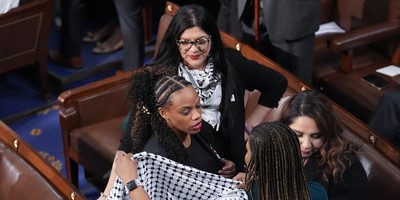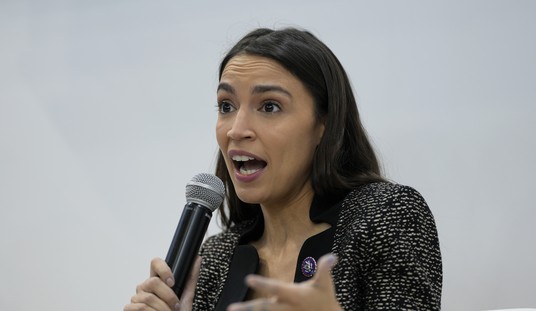"Not Exactly a Crime" is the title of a book on America's vice presidents published in 1972 -- a year before Vice President Spiro Agnew was forced to resign for actually committing a crime.
The office of vice president has long been the butt of jokes -- you know the punch lines -- but as we await Barack Obama's and John McCain's choices for vice president, we do so with the knowledge that vice presidents in the last five administrations have been important officers of government. (Yes, including Dan Quayle -- see Bob Woodward and David Broder's book). How the vice presidency has been transformed is an interesting story that takes us from the Founding Fathers to recent history.
The framers of the Constitution created the vice presidency to solve the problem of succession. They expected that electors meeting in state capitals would vote for two candidates from different states, with the No. 2 vote-getter becoming vice president. It worked well twice. Then the unexpected emergence of political parties produced bizarre results.
In 1796, John Adams was elected president and his opponent, Thomas Jefferson, vice president. In 1800, the electors produced a tie between Jefferson and his ticket-mate, Aaron Burr, broken only by an opposition Federalist in the House of Representatives. The Twelfth Amendment promptly passed, providing that electors cast separate votes for president and VP. Parties would nominate one man for each office.
The result, with few exceptions, was the nomination of mediocrities to balance a ticket geographically or ideologically. In 1824 and 1828, the nomination for the dominant Jeffersonian Party was secured by John C. Calhoun, who disagreed bitterly with his two presidents, John Quincy Adams and Andrew Jackson. After the first Democratic national convention took on the task of picking VP nominees in 1832, Calhoun resigned and returned to the Senate.
Recommended
For 130 years, only one vice president -- Martin van Buren -- was elected president in his own right without having succeeded to the office first. Republicans re-nominated sitting vice presidents only twice in their first 100 years, until Richard Nixon was re-nominated and re-elected in 1956. One vice president nominated across party lines, Andrew Johnson, was so unpopular as president that he was impeached by the House and missed removal from office by one vote in the Senate.
The problem was that everyone knew vice presidents had little to do. Presiding over the Senate is a clerk's job, and opportunities to break ties there seldom arise. As late as the 1950s, veeps did business from an office in the Capitol and had little occasion to visit the White House.
When Harry Truman was summoned there on April 12, 1945, and told of Franklin Roosevelt's death, he did not know that the president was out of the city -- he had met with him just twice in his 82 days as vice president. After Truman's first Cabinet meeting, Secretary of War Henry Stimson took him aside and told him the government was developing a weapon of enormous power. This was the first time Truman had heard about the atomic bomb.
Truman's unpreparedness may have prompted some later presidents to give vice presidents useful things to do. Dwight Eisenhower sent Richard Nixon on important foreign trips. John Kennedy gave Lyndon Johnson responsibility for the space program. Gerald Ford gave the energetic Nelson Rockefeller some assignments, then dropped him from the ticket.
Jimmy Carter and Walter Mondale turned the vice presidency around. Mondale had offices and staffers in the West Wing, regular one-on-one meetings with the president and access to top appointees. Their example has been followed since. And presidential nominees have not waited for the very last minute at the convention to pick their VPs since Ronald Reagan did it in 1980. Potential VPs are vetted closely and with a view to how well they could work with the president. An office that was long the vermiform appendix of American government has become a useful organ.

























Join the conversation as a VIP Member